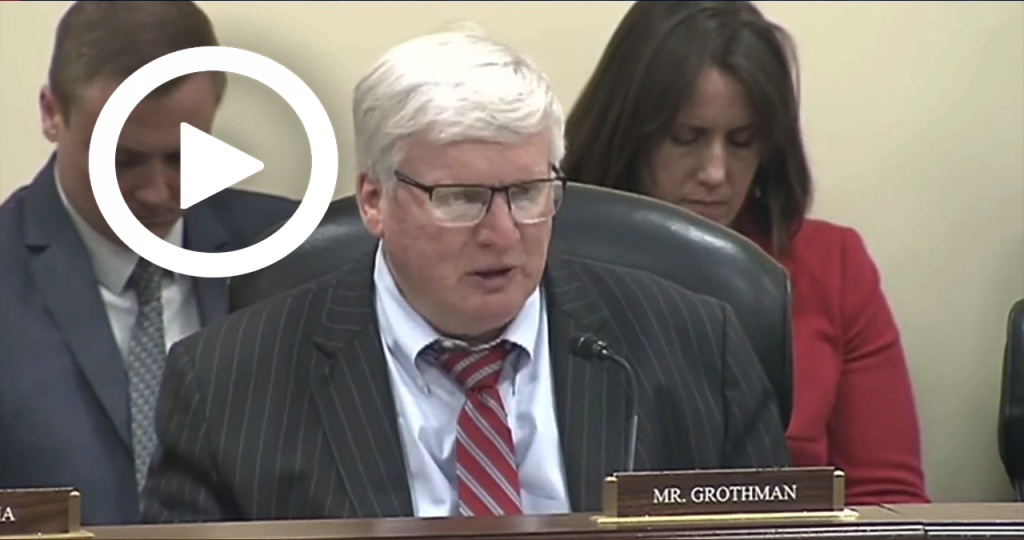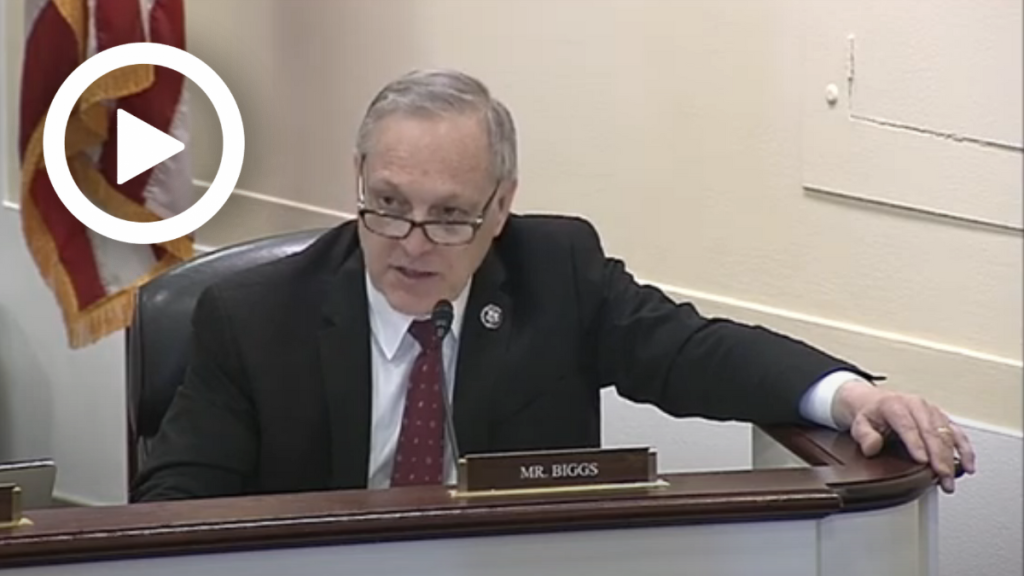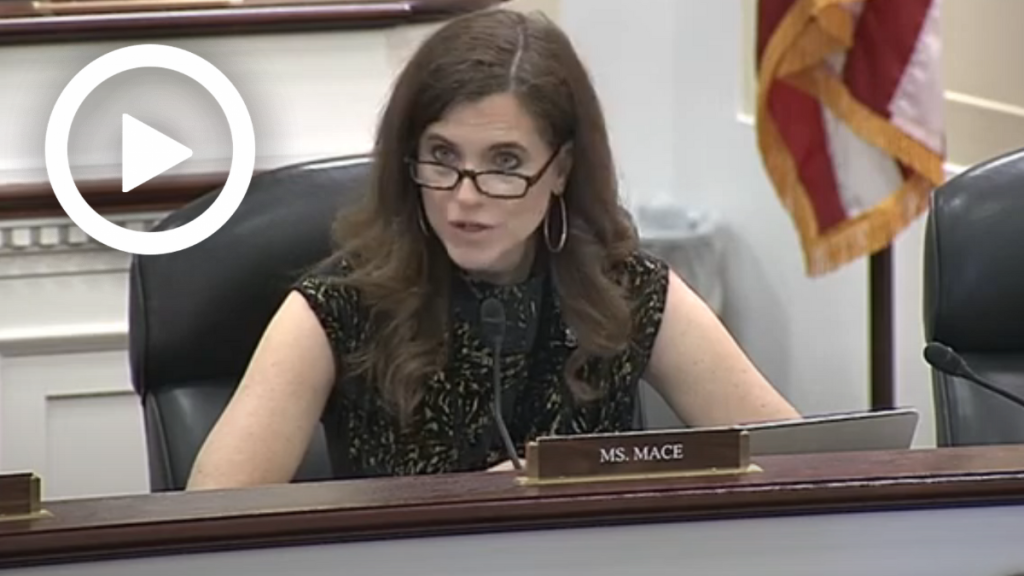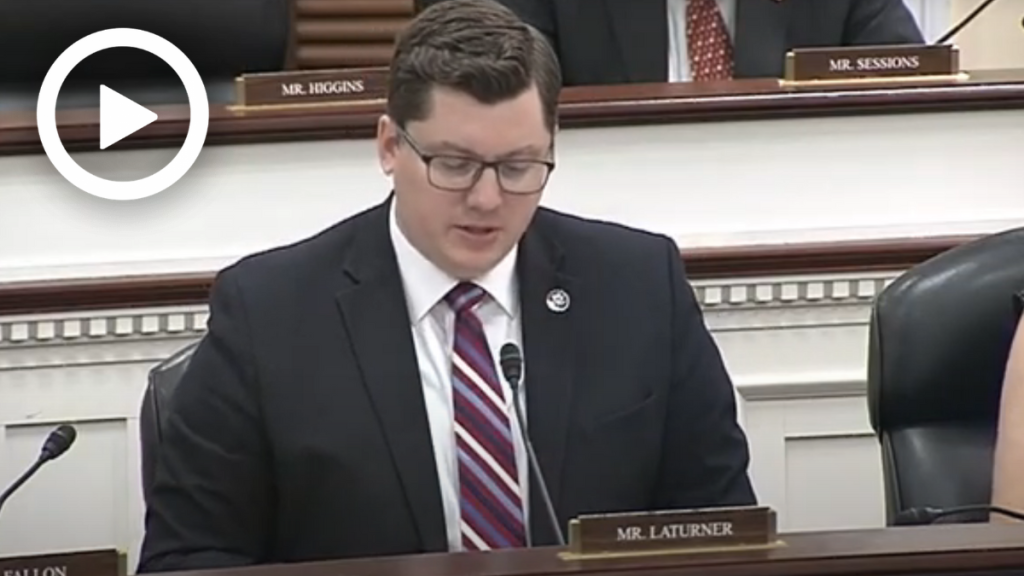Investment and Deployment of Force Multipliers Disrupts Transnational Criminal Organizations and Keeps Americans Safe
WASHINGTON — The Subcommittee on National Security, the Border, and Foreign Affairs held a hearing today titled “Force Multipliers: Examining the Need for Additional Resources to Disrupt Transnational Crime at the Border and Beyond.” Subcommittee members asked witnesses from U.S. Customs and Border Protection’s Office of Field Operations and U.S. Immigration and Customs Enforcement’s Homeland Security Investigations how force multipliers, like canines and enhanced technology, employed at the border and at ports of entry provide officers with tools to combat the flow of deadly drugs, crime, and human trafficking. Republicans asked how Congress can better target funds and resources to support and increase the use of force multipliers to address the Biden Administration’s self-inflicted humanitarian and national security crisis at the southern border.
Key Takeaways:
As the flow of deadly fentanyl and other criminal activity increases at the southern border, the use of canines and enhanced technology are instrumental to prevent deadly narcotics from being trafficked into the United States.
- Diane J. Sabatino—Deputy Executive Assistant Commissioner, Office of Field Operations, U.S. Customs and Border Protection—outlined how fentanyl seizures are rising at a rapid rate, increasing the urgency for more tools to combat the historic flow of narcotics at our ports of entry: “So far this fiscal year, we are on track to surpass last year’s total fentanyl seizures by the middle of spring…we use aggressive and multi-layered enforcement approaches that leverage advanced information and analytics, intelligence, sophisticated detection and scientific laboratory capabilities to combat transnational threats.”
Utilization of emerging technology is critical to thwarting transnational criminal organizations’ operations.
- Anthony Salisbury—Deputy Executive Associate Director, Homeland Security Investigations (HSI), U.S. Immigration and Customs Enforcement—spoke on techniques HSI uses to intercept precursor elements used by transnational criminal organizations: “Cartels operate on an industrial scale when procuring chemicals from abroad used in the production of fentanyl and other drugs. One way HSI is attacking the illicit narcotics supply chain is through Operation Hydra…which uses computer based analytic tools to identify, disrupt, and dismantle transnational criminal organizations’ chemical supply.”
Member Highlights:
Chairman Grothman (R-Wis.) discussed the critical role canine units play in assisting U.S. Customs and Border Patrol agents at ports of entry.
Chairman Grothman: “How are canine units integrated into the overall security apparatus at points of entry?”
Deputy Executive Assistant Commissioner Sabatino: “Our canine assets are one of a number of tools we employ at our ports of entry to interdict narcotics, it’s an absolutely critical tool. Actively on board we have 488 canine teams deployed to our ports of entry.”
Rep. Andy Biggs (R-Ariz.) laid out the differences in the use of force multipliers at our ports of entry and the areas between our ports of entry.
Rep. Biggs: “You have great equipment at our ports of entry which are essentially a force multiplier.”
Deputy Executive Assistant Commissioner Sabatino: “Yes, we have a number of tools.”
Rep Biggs: “We don’t have those same tools between the ports of entry because we don’t see the same type of border crosser between the ports of entry.”
Rep. Nancy Mace (R-S.C.) asked our witnesses directly what they need from Congress to more effectively and efficiently protect our border.
Rep. Mace: “What do you need from Congress to do more, better, faster, more efficiently?”
Deputy Executive Assistant Commissioner Sabatino: “The opportunity to brief on our full biometric program, also looking to make investments in intelligence resources for intel research specialists who can put the jigsaw puzzle of intel together to provide to our analytical units at our ports to target more effectively.”
Deputy Executive Associate Director Salisbury: “As we increase our investigative capabilities and our technology capabilities, it is going to require more agents to back that up. Technology is great, it allows our agents to be focused. Technology will never replace the men and women actually pursuing what the technology uncovers.”
Rep. Jake LaTurner (R-KS) noted how many of the chemicals used by cartels to create deadly fentanyl comes from China.
Rep. LaTurner: “Would you agree that the vast majority of fentanyl coming into this country is being made by precursor chemicals primarily from China, manufactured by drug cartels in Mexico, and then smuggled into the United States both through and in between ports of entry?”
Deputy Executive Assistant Commissioner Sabatino: “That is what we see with about 84% interdicted at ports of entry.”



